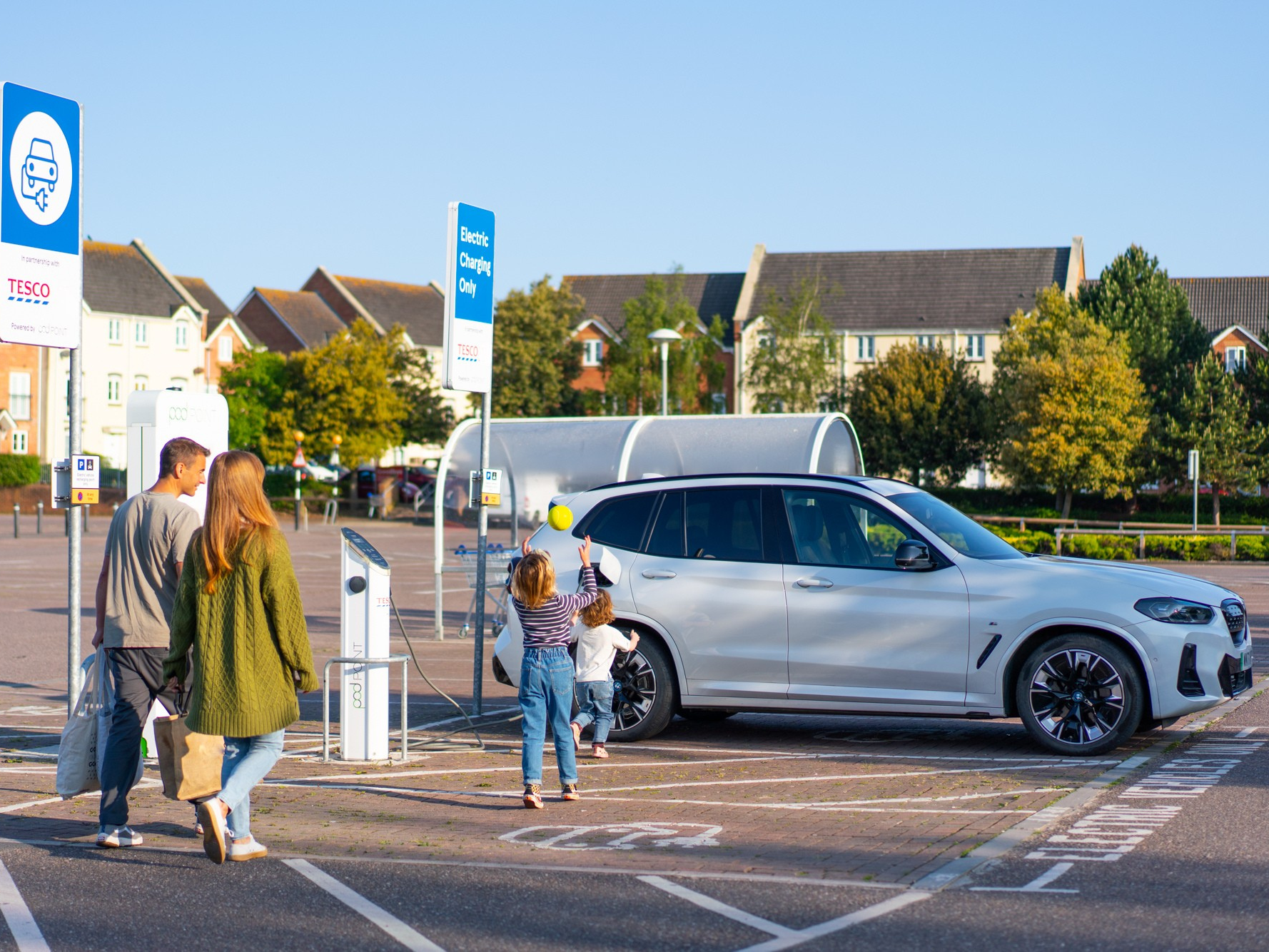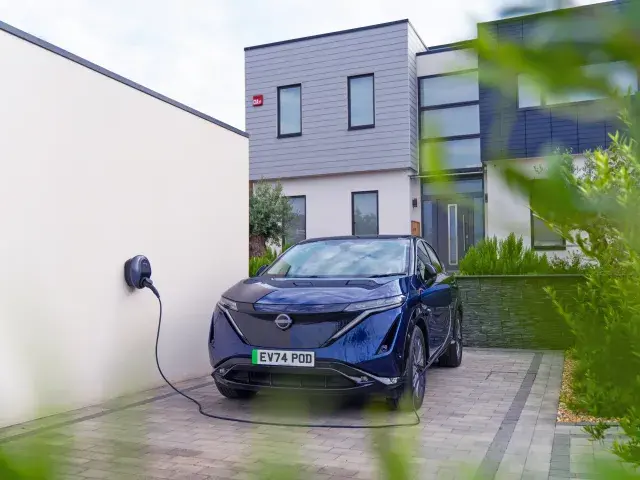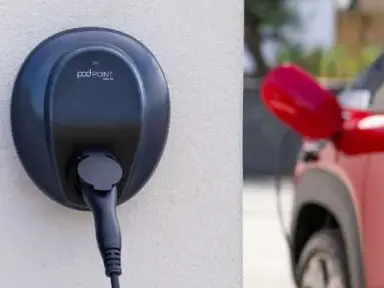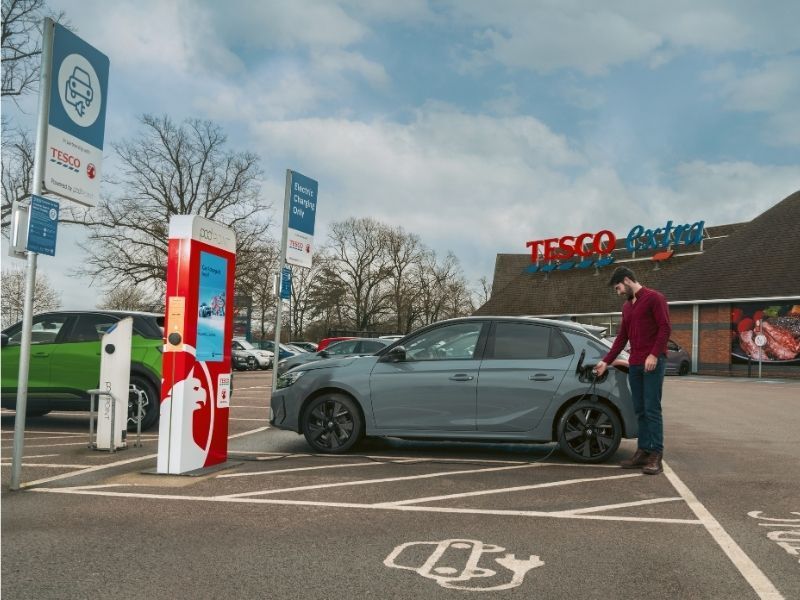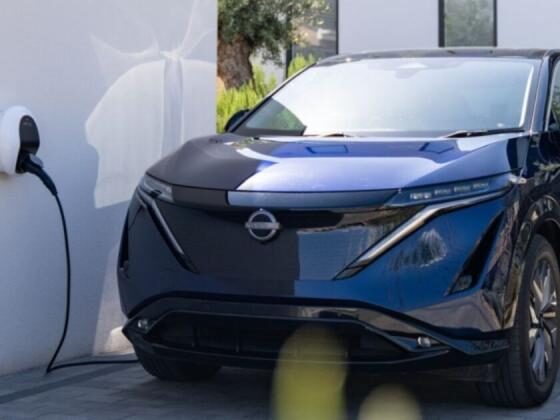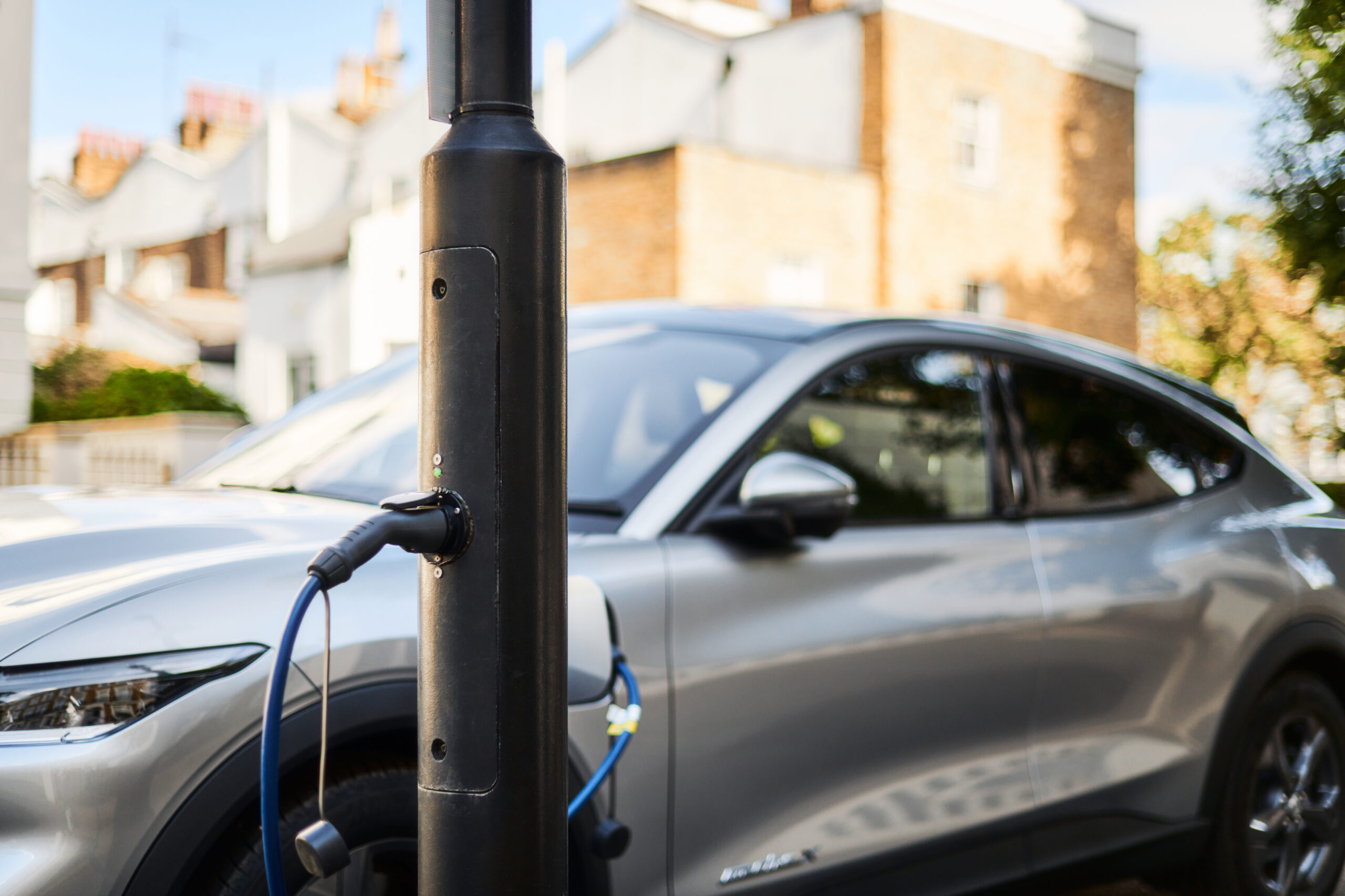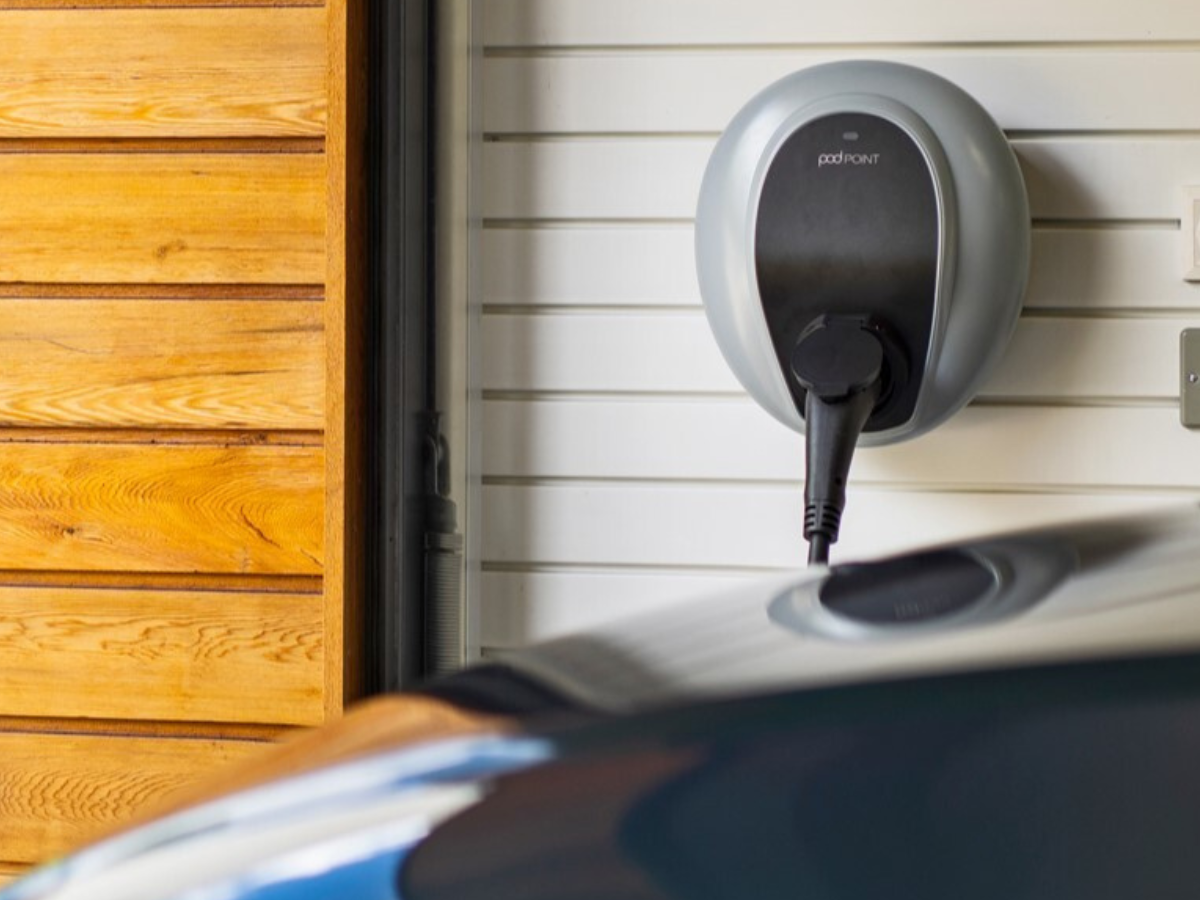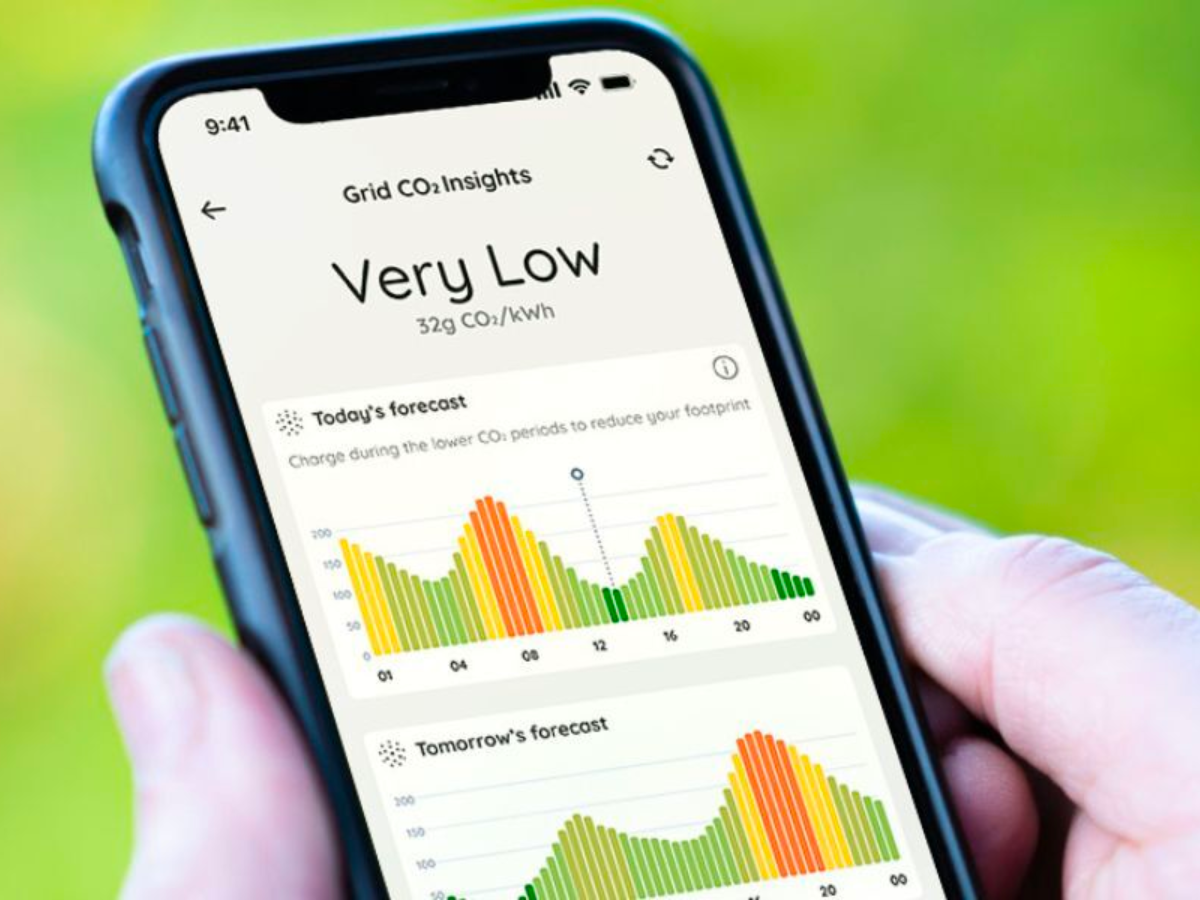Whether you’re new to the world of public electric vehicle charging or not, you’ll want to learn about charging etiquette.
For veteran drivers who have had their licence for years, it’s hard to remember how daunting the prospect of fuelling your petrol or diesel car for the first time was.

It quickly becomes second nature of course, something we don’t even need to think about and instead just do. But everyone’s first time was plagued by worries. “How do I queue? Which side of the car is the fuel filler on, and what if I get it wrong? How close to the pump do I need to be? What if the pump I want is out of order?”
So it comes as no surprise that for many people dipping their toes into the world of electric vehicles (EVs), one of the first questions they ask is “Are there any rules to charging I need to know about?”
Actually, yes, there are some unspoken etiquette rules you need to follow!
The Rules of Electric Vehicle Charging Etiquette
The Absolute Golden Rule
EV chargepoints are for charging plug-in vehicles (PiVs) only!
What this means in practice is two things: first, only PiVs should be in the charging bay, so if you drive any kind of EV, whether it’s a fully battery electric vehicle (BEV) or plug-in hybrid (PHEV), you’ll be fine here.
Secondly, it means you should only be in the charging bay if you’re actively charging. So don’t automatically head for the charging bay if you’re not intending to use the charger, as another EV driver might need it!
Then, there’s the other rules, which in no particular order of priority are:
Don’t Unplug Another Car That’s Charging
This usually isn’t possible, but even so it’s incredibly poor form to attempt. You wouldn’t snatch a pump from another driver at a petrol station, so why would you do it here? If the charger is occupied, simply move on to the next one.
Use the Appropriate Charger for Your Car
You may be tempted to head straight for the nearest rapid charger whenever you’re out and about, but be careful with this! Not every electric car has the ability to plug into a rapid charger, so by trying (and failing) to plug in you may be wasting time that could be used to charge.
And even if you can plug your EV into a rapid charger, your car might not be able to accept the full charging rate, making it hideously inefficient as it will only charge at the car’s maximum rate. Plus, you may incur the wrath of the EV driver behind you who can take full advantage of the rapid charging rate, and who wants to quickly charge and get on with their day.
PHEV drivers in particular should be very mindful of blocking another EV from using it, as a PHEV’s battery is tiny compared to a fully battery electric vehicle (BEV) and they can still travel using petrol or diesel fuel. Plus, many PHEVs are designed to be unable to use the full power of a rapid charge precisely for this reason.
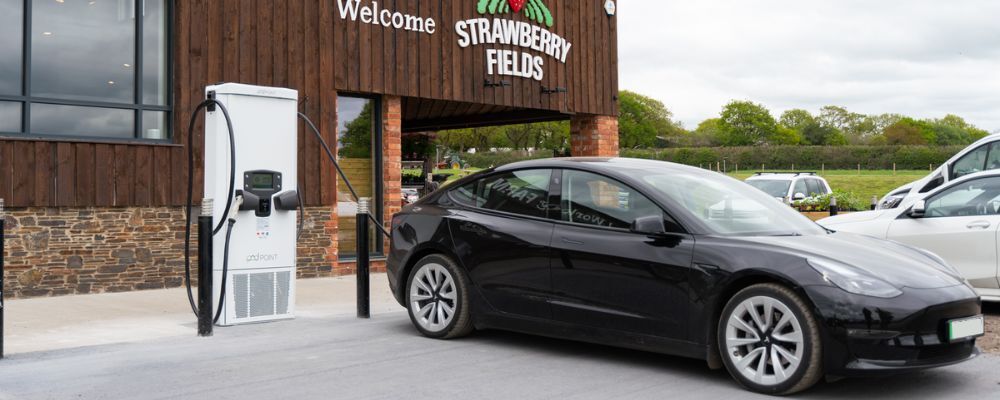
Vacate the Bay Once You’re Done Charging
Remember the golden rule? Bays are only for EVs that are charging. That means you should unplug your car and leave the bay as soon as you’ve charged as much as you need, so the next driver can get to charging.
This is especially important for rapid chargers, which are designed precisely for this purpose. Get in, get charged, and get moving!
Plan Ahead
Finding public chargers occupied can be frustrating, so you should always plan to have back-up chargers and not wait until your battery is too low before trying to charge. This way, if they are occupied, you have enough spare charge to get to other chargers. Alternatively…
Take Advantage of Top-Up Charging
The great thing about EV chargers is, unlike petrol pumps, they can be placed virtually anywhere you park. This means you can keep your car topped up with short, frequent bursts of charging, rather than waiting for the battery to reach 0% before seeking a charger.
Plus, the last 10% of an EV’s battery typically charges a lot slower by design to preserve the cells, so you should never try to charge to 100%. Instead, aim for about 85%, as this will not only keep your battery healthy but also get you on the move again quicker as you won’t need to charge for long, which also clears the chargepoint for the next drive sooner.
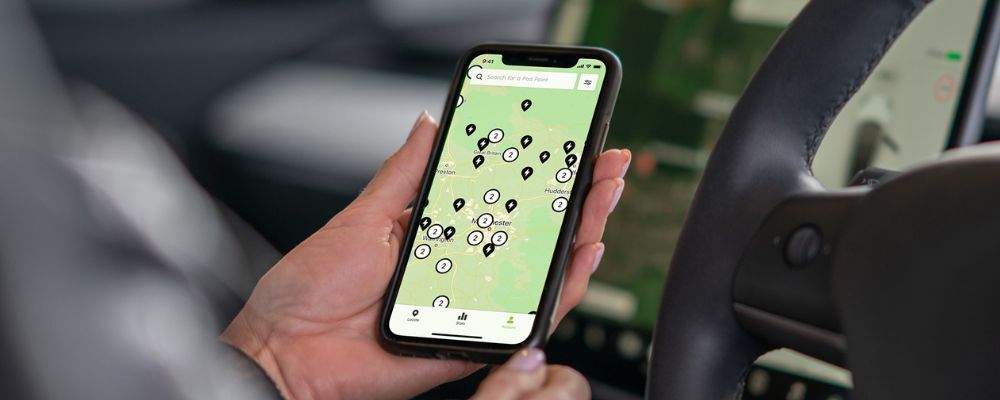
Be Patient
We know, seeing a charging bay blocked by an ICE (internal combustion engine) car (which we call ICE’ing) sucks, especially a rapid bay. But it’s best to not lose your cool.
ICE’ing happens to the best of us, and it’s something we’re trying to combat through educating drivers (with articles like this), better marking of charging bays (like EV Zones), and proper enforcement by whoever owns the car park. Both of these may take time, but we’ll get there!
In the meantime, take advantage of frequent top-up charges so your battery doesn’t dip too low in charge. This way, if you do see a charging bay that’s been ICE’d, it won’t ruin your day.
And that’s really all there is to charging in public. It’s really no harder than fuelling a petrol or diesel car, and once you’ve done it a few times you’ll never look back, except to wonder how we ever coped with the olden days of petrol pumps.
So long as you’re considerate of other EV drivers, plan ahead with back-up options, and don’t leave it until the last watt to charge, you can’t go wrong!
This article was originally published by Pod Point.



